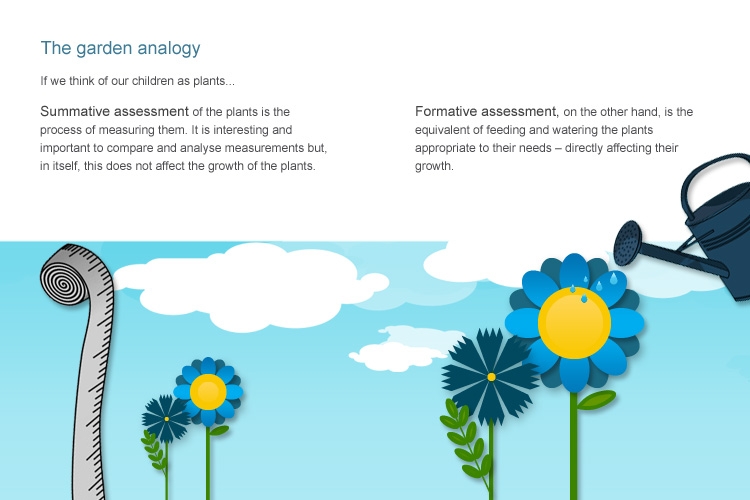Today we had Jo Knox taking us for Maths PD. These are notes taken from my colleague
Hayley Judd who kindly shared them with me and allowed me to post them.
The objectives of the PD were to
- Identify clear links between Number framework with national curriculum levels and National standards
- Know how to use assessment data
Knowledge and strategies intertwine.
Knowledge:
Number Id
Number sequence and order
Grouping and place value
IKAN is a tool to assess knowledge
Strategy:
Add/sub
Mult/Div
prop/ratios
GLOSS is a toll to assess strategy
"The primary purpose of assessment is to improve students learning and teachers teaching as BOTH student and teacher respond to the information that it provides"
- How is this assessment informing our planning and teaching?
Formative or summative assessment?
Exploring Number Knowledge:
Numeral ID, Sequencing and Ordering, Grouping/ Place Value, Basic Facts:
Important pieces of information we should know instantly- or so the Ministry says. Jo disagrees, so took away the time limit on certain sections of the IKAN
Advantages: It is quick
Disadvantages: time pressure, chn have to look up and down, questions go too quick.
Reflection: Maybe IKAN is just to be used for specific chn to provide a snapshot
Maybe give chn to option to sit back with their marked test and they can fix up the ones they know (not wasting time learning what they know) and then pick two things they want to learn based on their mistakes.
Spider graphs for GLoSS and IKAN
These are great to show the glaring gaps, where students are aiming for, and their strengths. Be careful if the kids are working well below, as their lines will all be in the middle and might discourage them.
How do I use the data to inform my planning?
IKAN class summary sheet: shows gaps (highlighted)
Highlight all data, including names
Data: sort range: column d.
This will sort from lowest to highest stage. Will show some common gaps in knowledge that you can fill as the Teacher.
PAT tests:
Individual reports give stanine, where the children sit on the bell curve, black correct answers, light is incorrect, transparent is omitted. Red line is the average. The key will show you whether the test was too hard or too easy.
Below is the presentation that Jo went through when speaking to us.








